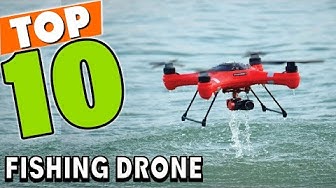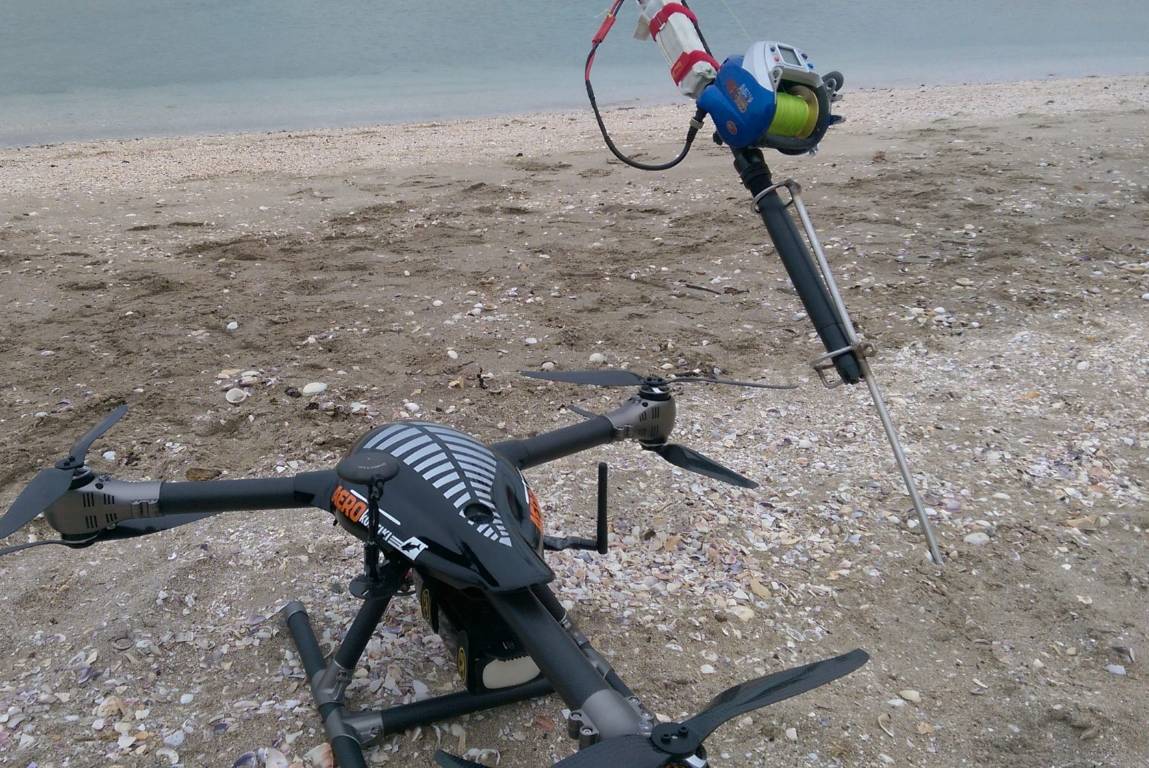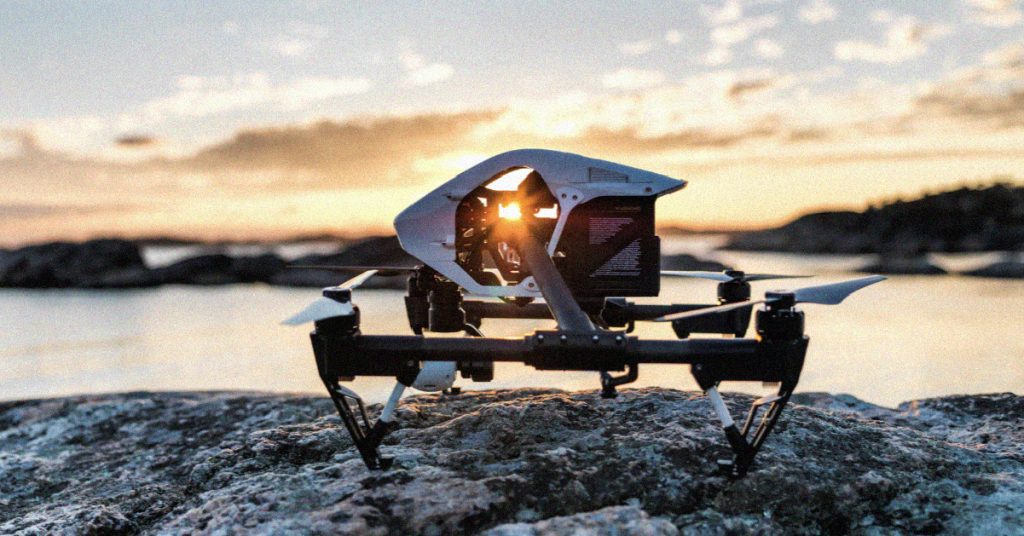
We'll be covering the basics of a drone-fishing rig in this article. We'll also talk about what to watch out for when you choose your drone, the battery life, and the payload. Then, we'll discuss some ways you can get the most from your drone. Read on for some tips and tricks. You'll soon own the drone you desire! Let's get !... started and maybe even catch some fish!
Basic drone fishing gear
A good set of hooks is the most important thing when you want to begin drone fishing. The fishing line should not be more than twice the length. It should be mono- or braided. To attach a Cat's Paw Loop or Uni Knot to the line, you should tie it. You'll also need a sinker between 2-8 ounces and hooks for attaching to each second section of your backbone. Attach the snap swivel's lead loop to your drone's end loop.
You can make a fishing drone in many different ways. One basic method involves attaching a hook on the drone's landing gear and spinning the line until it releases. Another low-cost option is to use a dropper and drop line. Droppers are a way to keep the main line from getting caught up in propellers. A dock and battery pack can also be added to the fishing drones.
Once you have the basic drone fisherman rig purchased, you will need additional equipment. You'll need a fishing line of approximately 700 meters and a bait-dropping tool. These are optional accessories, but they can make your drone fishing adventure more enjoyable. A drone will provide you with a clearer view and make it easier to spot fish.

Payload on drone fishing gear
If you're planning on catching a fish using a drone, you need to be aware of the safety measures that need to be taken. You should never fly your drone in strong winds or rain. Here are some suggestions:
First, ensure that your drone is strong enough to carry your weight. You can't load it with heavy lures, braided or heavy line. The wind could also cause the drone to drift off course if it is fishing in a coastal area. You should also check the local laws and regulations as some might not allow drone fishing. A drone with good carrying capacity is essential if you plan to fish from it.
Next is to determine what accessories you will need to mount to your drone. To reduce weight distribution problems, a good rule of thumb is that your rigging system should have a central attachment. The best attachment points for drones are motor struts, landing gear, or legs. Avoid attaching any payloads to the camera or gimbal as these could cause damage. One simple solution is to tie a length fishing line from one end to the other. This can be secured with tape to prevent it from falling out.
The battery life of drone fishing rigs
Be sure to check the batteries, and other gear before you go out fishing with your drone. This will allow you and your drone to have a longer battery life. Some drones have solar panels or car batteries that allow you to charge them. You should start with fully charged batteries. This will make sure your drone is ready when you arrive at your fishing spot.

A drone's flight times are another important consideration. There are some models that have longer flight time than others. However, a drone with a flight time of twenty-two minutes is sufficient to get the job done. This is great if you're looking to spend hours on the water with your drone. But you should be aware that a drone with limited endurance will be inoperable and will make it nearly impossible for you to catch fish.
After you have setup your fishing rig, attach the fishing line clip to either the legs or the motor struts. Attach the bait and line to the drone. Make sure that you lock your reel before you fly your drone. Once you are ready, unlock it. Once you release the line, tension will build and the drone will drop the bait in the water. It is important to charge your battery before each use or the drone may stop working properly.
FAQ
What kind of batteries is a drone using?
Drones are powered by lithium-ion battery. The typical drone draws between 3 and 6 volts.
What is it like to travel by drone?
Drones are becoming increasingly popular for both personal use and commercial purposes. They are used to film, fly, map, rescue and search and rescue. The FAA has recently approved several new drone regulations, which include requirements for registration, licensing, pilot training, and insurance. These modifications will ensure that drones remain safe and secure for all involved.
A drone can spy on you.
Yes, anyone can use a drone to spy on you. You can protect yourself against drones by being aware of them and avoiding areas where they might fly. You should immediately call 911 if you see a drone fly around.
Is it illegal to fly a drone?
Yes, it is illegal to fly drones in some countries like Australia, Canada and New Zealand. It is legal in some other countries, such as France and Italy, the Netherlands, Poland, Russia or Switzerland, Turkey, Ukraine, and Vietnam.
Statistics
- According to industry research from ZipRecruiter , there are 10 cities where the typical salary for a Drone Pilot job is above the national average. (dronesgator.com)
- According to Indeed, a drone pilot gets paid $25.73 per hour on average in the US. (dronesgator.com)
- According to ZipRecruiter, the minimum hourly wage of drone pilots is $20. (thedroneu.com)
External Links
How To
How to Fly Drones with Beginners
A drone refers to a remote-controlled aircraft designed for aerial photography, surveillance and scientific research. Drones are a technology that has been around since World War II. DJI's Phantom series of quadcopters was the first to be commercially used. Many types of drones have been made available since then, from beginner-friendly models such as the Parrot AR Drone 2.0, to high-end multi-rotor craft such as the DJI Mavic Pro.
There are many ways to fly a drone.
-
Remote control - This allows you to control the drone from your hand. There are two types of controllers available: joysticks and on/off switches.
-
Manual Control - Using a smartphone app, this method allows users to remotely operate the drone via GPS coordinates. The app will give you instructions.
-
Autonomous Flight – This is when the drone handles all the piloting tasks. It's basically flying autonomously without any human intervention. A drone must have a builtin camera and sensors capable to capture images and other data.
-
Triggered flight - This is similar to manual control except that the pilot sets up a preprogrammed route and the drone follows the route until it reaches its destination. Once the programmed route has been completed, the drone returns to the base automatically.
-
Landing Gear - Some drones come equipped with landing gear that allows them to land safely if they lose power or run out of battery during flight.
-
Goggles – Pilots often wear goggles while flying to keep themselves safe from any debris.
-
Camera - You can capture photos and videos with your drone from the air.
-
Obstacles-Some drones come with obstacle avoidance devices that keep them from hitting obstructions.
-
Speed - Some drones can travel at speeds over 40 mph.
-
Battery Life – Most drones will last 20 minutes to three hours depending on how powerful they are.
-
Some drones have a range of up to 30 miles, depending on their model.
-
Power source - Some drones need an external power source, while others use internal batteries.
-
Weight - Some drones have a weight of less than 1 pound and others weigh 4 lbs.
-
Size - From small drones that can be carried in the palm of one's hand to larger drones that weigh over 50 pounds, drones come in a variety of sizes.
-
Price - Drones come in a variety of price categories, including high-end models which can run into the thousands and low-cost options that can start at $100.